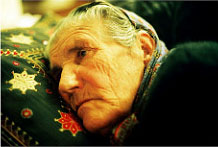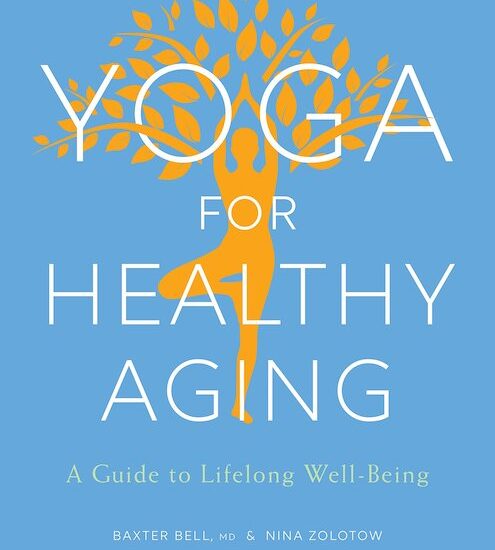
cc Tiago Costa
September is Healthy Aging Month, a time for renewed focus on staying healthy, maintaining independence, and keeping a positive outlook on life in our 60s, 70s, 80s and beyond.
Perhaps because I write often about aging, it seems a bit silly to designate just one month to this topic. Healthy aging is a year-long, life-long process that should begin well before people begin their retirement.
By now, most of us have heard the statistics: the first Baby Boomers are turning 70. About 1 in 7 Americans, (14.5 % or 46.2 million people) were age 65 years or older in the U.S. in 2014 (the latest year for which data is available), By 2060, that number will more than double to about 98 million older persons. People are living longer, with more chronic diseases, putting more cost pressure on our health system, and we don’t have enough qualified geriatric providers to care for them. These are great reasons to focus on healthy, active aging (by the way Active Aging Week is Sept. 25-October 1).
Much of healthy aging incorporates common sense approaches that are as logical at age 35 as at age 75. The points I made when I wrote this Consumer Reports article in 2014 are just as valid today: exercise, eat right, get enough sleep, manage any chronic conditions and avoid social isolation. This applies to brain health as well. You need to do the same things for your brain as you do to keep your body in shape. And don’t wait until you’re 50 or 60 to begin.
But, health behaviors and clinical care are only half the story of healthy aging, Scientifically, evidence continues to accumulate about the “life course” approach to healthy aging. In a nutshell, this approach links health in later years to physical, cognitive and emotional development in early life, and to lifetime environmental factors and lifestyles. It’s easy to understand, but much harder to do something about it.
That’s because social and economic factors — things like education, employment and community safety — make up a whopping 40% of health determinants over the life span. The remaining 10% include factors like housing and air quality, according to Laura Mosqueda, MD, chair, department of family medicine and professor of family medicine and geriatrics at the Keck School of Medicine at USC. To promote health across the life course, she says that we need to do a better job of linking and harmonizing these sectors. That requires both policy changes at the highest levels and more community-based efforts to boost social, educational and economic opportunities.
As Steven P. Wallace, PhD, chair of and professor in the department of community health sciences at the UCLA Fielding school of public health, points out, the groups at highest risk of poor outcomes are often the last to benefit from public policies aimed at improving health.
Think about health challenges like obesity and heart disease and diabetes; then think about how many fast food restaurants and are located in poor neighborhoods, often these are also communities of color. Think about crime rates, and high school graduation rates, and poverty. Those at the bottom of the socio-economic ladder today are also most likely to be the sickest, most costly patients in their later years.
Medicine has gotten very good at extending life span, but there’s a world of difference between growing old and healthy aging. Mounting evidence points to the critical need to lay the groundwork for aging well by eliminating disparities and improving social determinants of health long before anyone is ready to sign up for Medicare.








